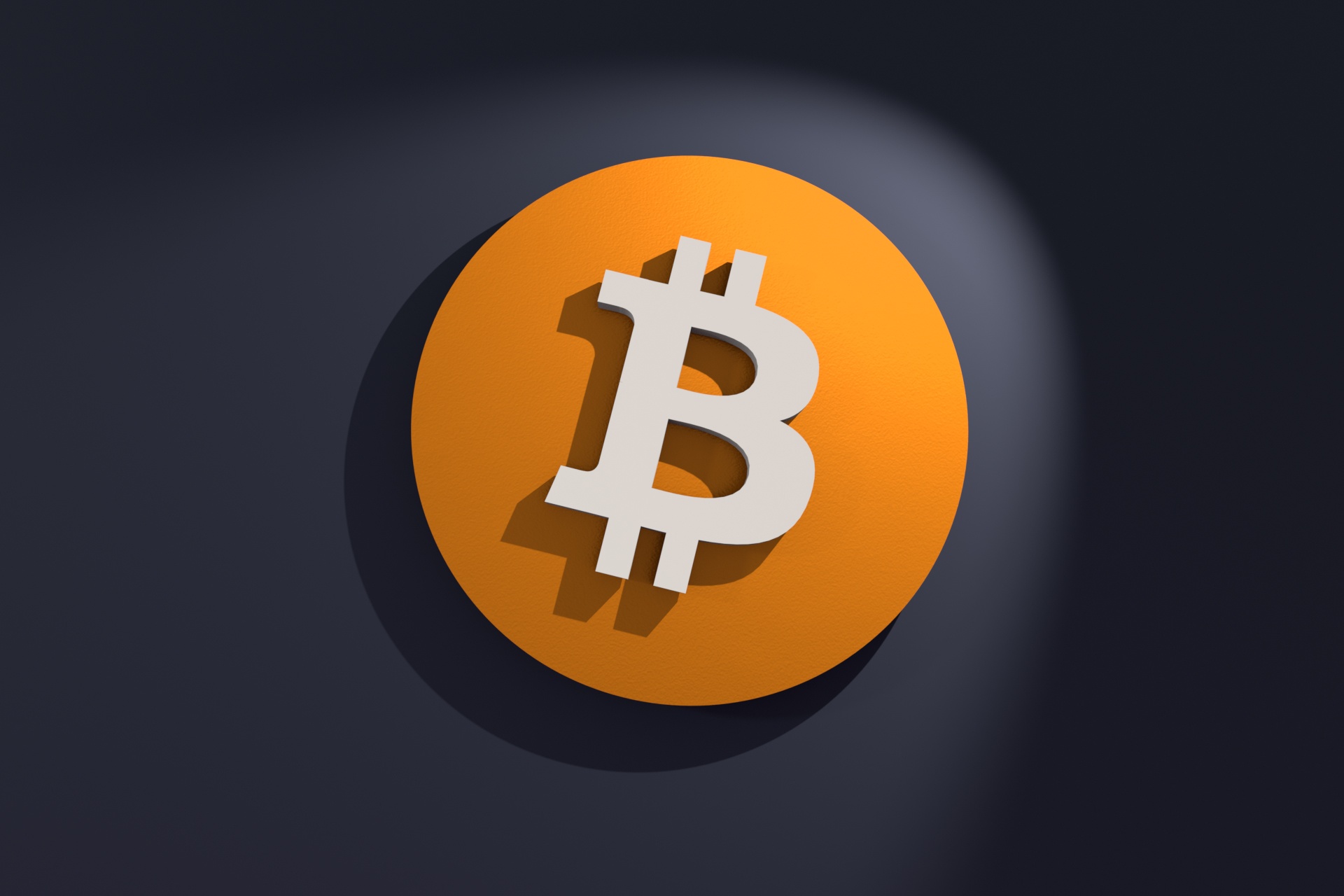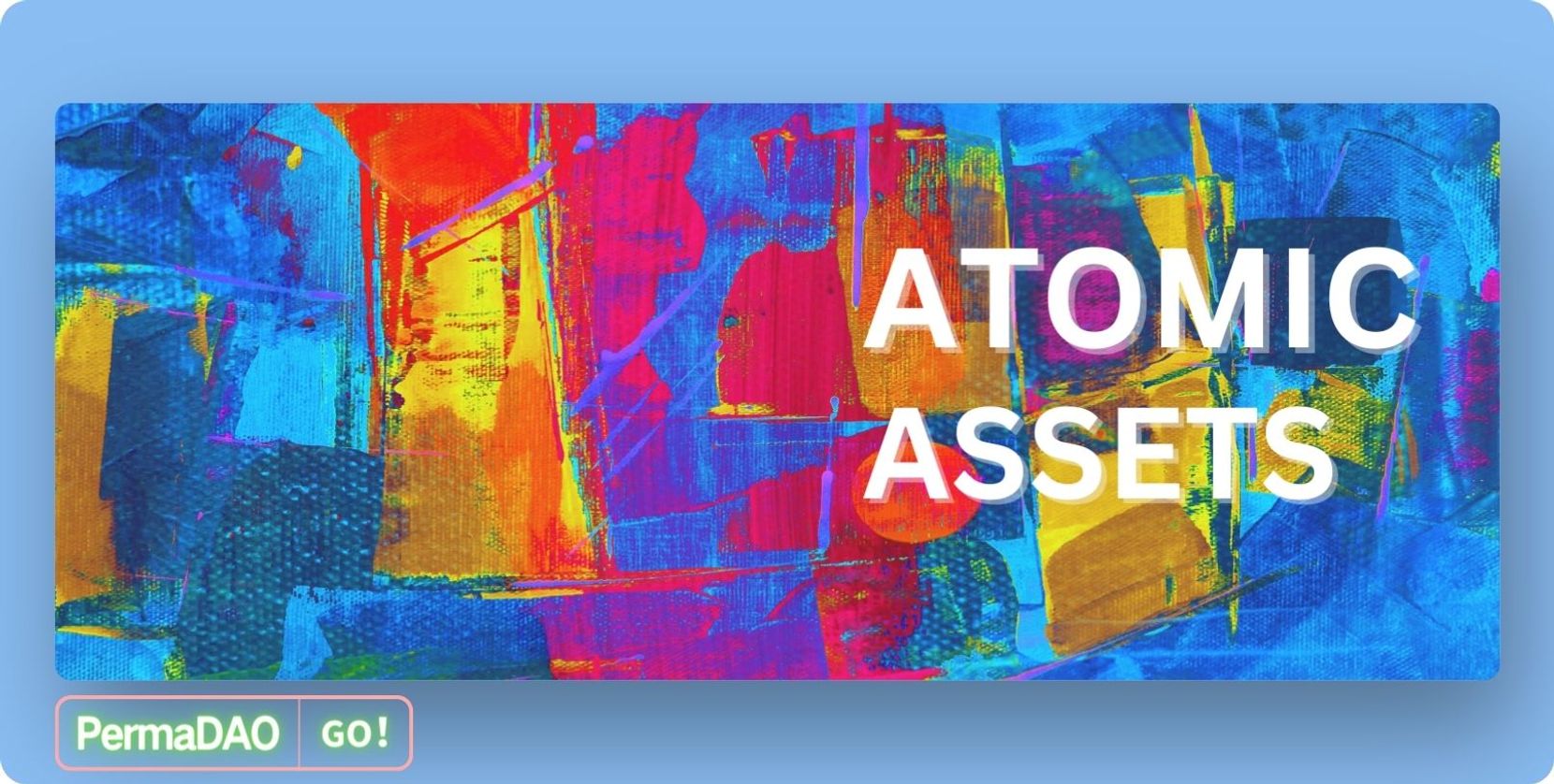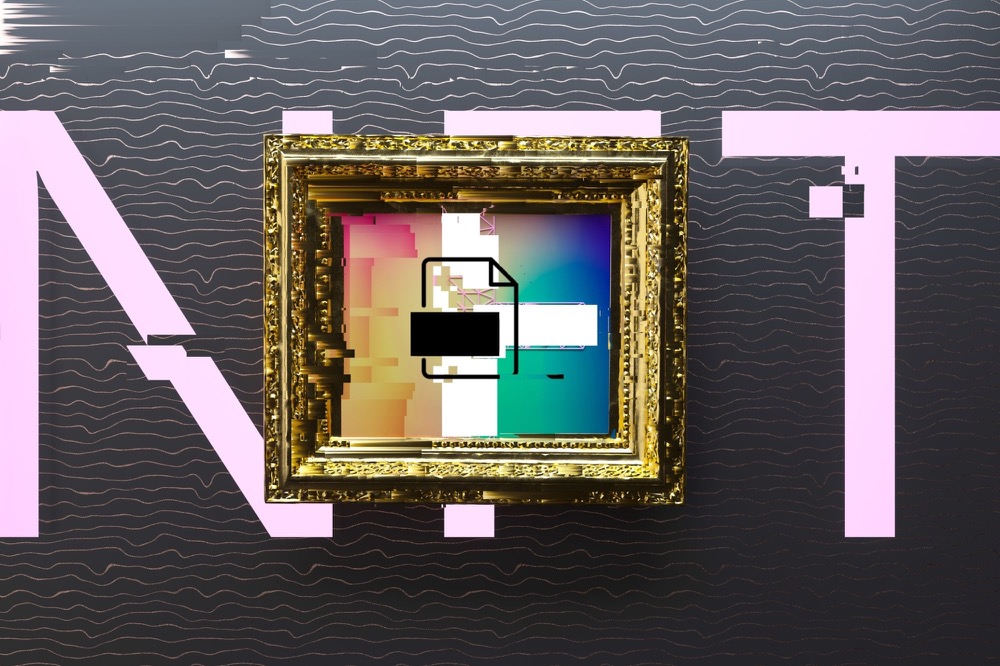Ethereum EIP Review: How Does the Ethereum Community Conduct Open Governance?
Ethereum EIP Review: Open Governance in the Ethereum CommunityThis text is from the Hong Kong Web3 Carnival shorthand and is the author’s personal share and does not represent the views of Wu Shuo.
Victor Zhou, Ethereum EIP editor review.
Victor Zhou: Hello everyone! I’m Victor. Thank you to the host and everyone for listening to my speech. I’m sorry that I can’t be there in person, I’m introducing myself remotely from California.
Today I want to talk about open-mindedness. First, let me introduce myself. I am an EIP editor and I am mainly active in ERC smart contracts and Ethereum application layer. I am a former Google alumnus, Johns Hopkins University and Microsoft alumnus.
- Exploring Interoperability of Modular Blockchain: What Are the Solutions?
- Can AI Trigger the Fifth Technological Revolution? (Part 2)
- Comprehensive Explanation of the Shoal Framework: How to Reduce Bullshark Latency on Aptos?
Many people ask me about Ethereum’s governance model. What is my answer?
Some people may say that it seems that Ethereum’s governance is very chaotic, but this kind of governance is open and will bring us many benefits. Now I want to ask the audience, how many of you have written smart contracts? How many have written backend services? I know there are many developers present.
Usually I will ask my developer friends, how do you differentiate between these two design issues? One is API Write and the other is API Save. Which one would you choose? The answer is we don’t care because we don’t care about anything other than consistency.
Now in the mechanism of Web3, but first let’s go back a bit, from Web1, there are always read and write parties to serve, which allows companies to allow API requests, and different write parties call different services, just like you call Google API platform, WeChat, SDK, etc. In Web2.0, more new read and write parties can be added. Web3 has a new mechanism that allows services to be replaced.
In the Web3 mechanism, you need to have an open mind.
Consensus brings value, although solving this problem, calling it an API, may have built-in WiFi, Bluetooth, CDMA, HTTP, SSL, TCP, USB, TypeC, etc., all of which are standardized connections that allow us to connect to cars and headphones.
Why is Hong Kong a great harbor? There are many container ships coming in and out, which is also something many people near the port can see. At first, containers were used for railway transport, and later became a very important standard that allowed ships to transport them, so the construction of ships was designed to carry containers. Later it was discovered in the future that people started using containers to build houses because containers are standardized and very easy to integrate.
In Ethereum, the core part is smart contracts, which are established around standards. How are these standards integrated? If we explain it with a piece of code, ERC20 is transfer. With simplified open consensus, many excellent projects can be built based on ERC20, and the market value increases. It is great. You can see the growth of the company. This is the power of open integration.
Below are the four levels of openness, which is also why Ethereum has been so successful here. But before that, let me supplement the well-known principle of open source software advocated by Richard Stallman. He said: If a software is truly free, it must have four different aspects of freedom, freedom to use, freedom to learn, freedom to share, and freedom to modify.
What are the four levels of openness? Cryptocurrency projects are at different stages of openness. The most common and visible one is open at the beginning, then control, contribution. Not only can internal stakeholders make contributions, but external ones can also contribute. Github contributors and open source contributors can also contribute to your project. People can also join governance as long as they are stakeholders and willing to contribute. Finally, the more philosophical one, welcome competition.
These four levels of openness make Ethereum very successful.
I will introduce the basics of ERC20 and ERC21. It looks very detailed, but it is actually very common. There are many differences between the outside and the inside. You will find that users and customers are outside, and builders, creators, programmers, and internal employees are inside. The boundaries are gradually disappearing. If users are allowed to help, they can actually provide a lot of useful help, which is the contribution at the ABCDE level. Like a little baby crawling up a ladder, safety comes first. Start from the safest and lowest place. Maybe you just like and share the activity, and tell people how good the project is and how much you like it.
The second level is to participate spiritually and even donate money.
The third level is to start changing and commit to solving something, constantly improving.
The fourth level is to build, establish software, participate in conferences, and the earliest and top level is to proactively start something. So contributors participate at every level.
Open governance and traditional governance are not quite the same. The structure of traditional companies is top-down. You will see that the CEO and CCO are all elected by the board of directors, and they begin to assign tasks and form teams. On the other hand, it is a decentralized world, and more and more open governance is being used. Before cryptocurrency, there was a very famous ABlockingCHE community that allowed users to be contributors, allowed code contributors to become project management committee members and core members of ABlockingCHE, and elected committees. So you can participate in governance as a contributor and gain more trust in the decision-making process, just like WIKIPEDIA, which is also a decentralized community, exists among Ethereum, with a lot of governance involved, and many open source contributors and WIKIPEDIA editors participating in governance.
Outside of Ethereum, it is quite chaotic with many stakeholders. The smallest is the Ethereum Foundation, which is often a student-style foundation that remains neutral and acts as a coordinator. There are also developers and programmers who develop things for customers, such as ERC, application layer protocols, and EVM operators. You may also be part of this group, or you may be part of the group that holds bitcoin. Most importantly, there are application users who use Ether on the chain in their applications.
Everyone has voted to some extent to change governance, which is why Ethereum can maintain open governance. Before the appearance of PoS and last year’s merger, the company that issued USDT USDC announced that they would support PoS, and Vitalik said he was relieved because he was a little worried that the DeFi world would not follow PoS. But now, as the founder of the project, you may also be worried that DeFi projects will not follow the direction you want to go in, so everyone may vote with their feet. Open competition is the hardest, and you have to allow competitors in.
Speaking of competition, the core philosophy is that we may not be the best, we may be wrong, and there may be compromises, so we must be prepared to improve, correct, or even be replaced by other things. For example, Bitcoin’s security mechanism can be attacked by 51%, but if 51% of the rights want to change the development direction of the Bitcoin chain, they can actually fork it. Forks have also occurred in the past, and Ethereum has accepted them.
Wikipedia can also accept forked content, so there are corresponding copyright policies. If you want to go in a different direction, we can support it.
From this perspective, we can be replaced, welcome competition, and welcome competition from outside. You may realize that there are not just one, but maybe 10 different Ethereum EVM execution nodes, and maybe 5 or 6 cell machines have been developed. The Ethereum Foundation leader talks about diversifying clients, and performance-oriented clients are too focused on the golden version of Ethereum, and now there is a “call” to diversify clients. There is also chain diversity, although Ethereum itself is a chain, it is the main chain, and other chains are welcome and supported in the ecosystem. In the Ethereum ecosystem, no one is likely to be better than Ethereum or replace Ethereum. If you want to launch your own EVM project, you only need to provide a Chain ID.
If you are interested in this area, you can get developers together to share the implementation, with the goal of making it as easy as possible to use, relying on it to increase internal innovation of smart contracts. It seems like I’m explaining the overall power of Ethereum, open contributions, and the ability to contribute to a specific project. I believe that Ethereum’s biggest stakeholders are the users of the applications. ERC helps with open integration, allowing people to use apps and helping projects develop. That’s what I want to share with you, to keep an open mind.
Why has Ethereum been so successful in governance? I hope other projects can use it as a reference for learning.
We will continue to update Blocking; if you have any questions or suggestions, please contact us!
Was this article helpful?
93 out of 132 found this helpful
Related articles
- Financing Weekly Report | 18 public financing events; Gensyn, a blockchain-based AI computing protocol, completes $43 million in Series A financing, led by a16z.
- Blockchain Capital: Looking Ahead to the “Consumer Era” of Cryptocurrencies
- AI in the Web3 Era: Exploring the Infinite Potential of Blockchain and Artificial Intelligence
- Analysis of Lybra Finance, the LSDfi leader: How stable is it? What are the risks of “layer 2 nesting”?
- Long article by V God: What are some non-financial use cases of blockchain?
- Interpreting Gensyn: Blockchain AI Computing Protocol that Raised Over $50 Million in Funding Led by a16z
- US lawyers discuss the future of the SEC’s case against Binance and Coinbase: the outcome may be very different






